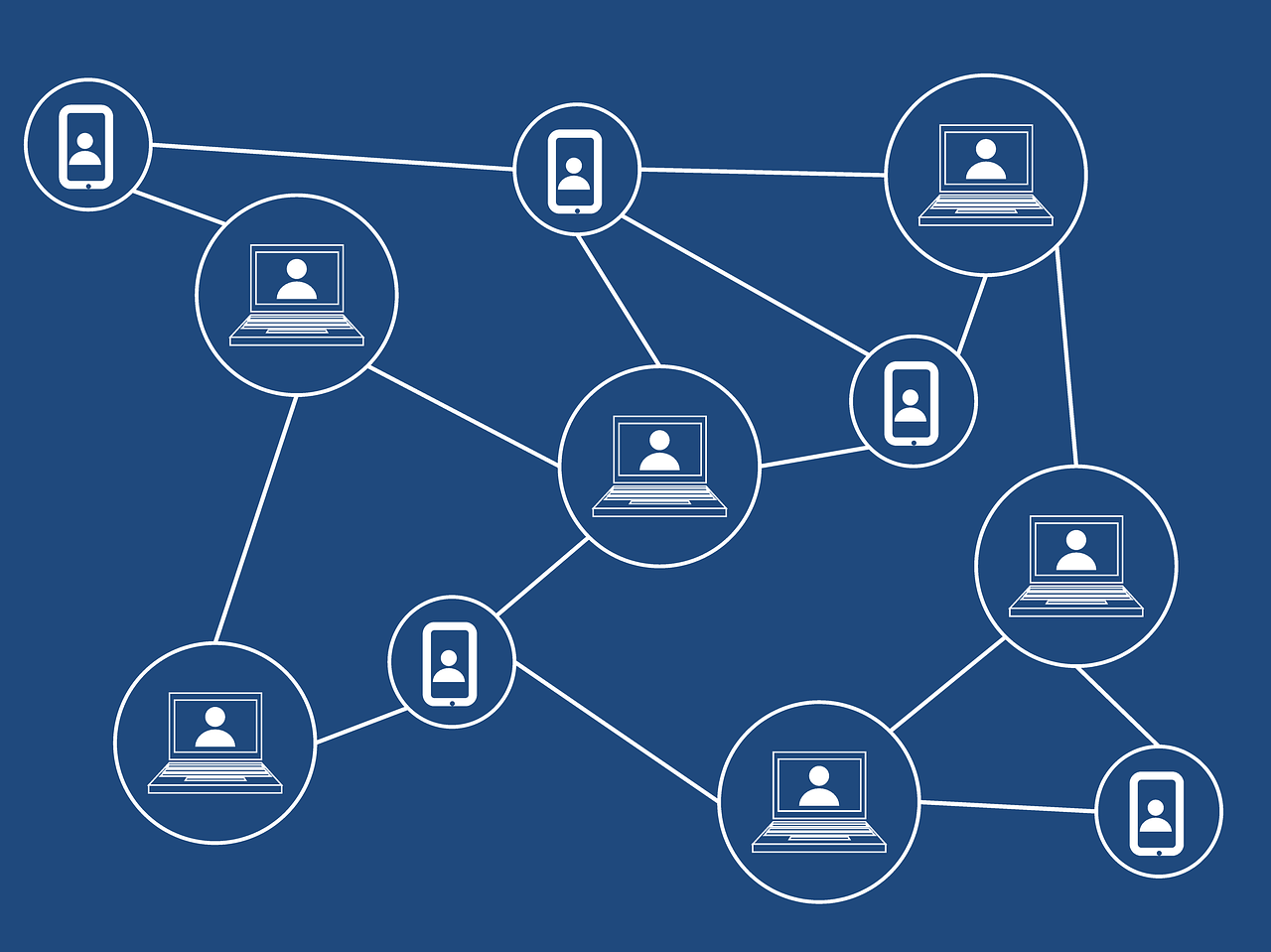Explore the essentials of Web 3 and how it upgrades the blockchain technology
Web3 is the next step in the life of the internet, a technological transformation and radical advancement of the principles of its operation. When one recalls the history of the internet, one can identify two stages: Web1 had the capability of hosting basic HTML and emails. The present version, known as Web2, has the characteristics of interactive information-centric technology. Now, the rising Web3 economy will facilitate a decentralised, private, and secure user-centric ethos. In short, Web3 is all about ensuring the participation of all stakeholders.
Web3 Characteristics
The Web3 vision is to make the internet a step closer to self-sufficiency. That would lead to the development of a new set of technologies and protocols, which would lay the foundation for a creator-controlled economy, unfolding information dissemination, and value, with known channels, and built-in trust facilitated by protocols. It’s essential to understand the need for a participatory economy. The Web3 economy will empower creators and participants. The participative economy is largely driven by autonomy, continuity, efficiency, and the formulation of a decentralised economic system. Such an economic system would benefit society at large and is protected by safeguards involving social ownership, responsibility, accountability, and self-managing tasks for the desired outcome.
Participation can be achieved by committing the resources at your disposals, such as expertise, human capital, protocols, skills, systems, and value. Web3 is a tokenised network, where we are witnessing decentralised finance (DeFi), liquid crypto assets, and non-fungible token (NFT) projects. A Web3 economy provides a real entity-to-entity, multi-token network conducive to the Metaverse, where collective participation of projects and individuals leads to co-creation. While an unparalleled growth in the economy and a rise in investments and valuation of projects may be seen, these projects lack Web3 essentials and desired results owing to the absence of participation.
Conclusion:
A Web3-induced creator economy will empower not only creators but also participants. The primary characteristic of a participative economy comprises autonomy, continuity, efficiency, and formulating a decentralised economic system. The Semantic Web and the decentralisation on which crypto assets function also convert information into valuable data, which, in turn, converts to value forming parts of Web3 essentials. Web3 will facilitate decentralisation, leading to the increased usage or upgrade of existing blockchain technology.
With the ongoing evolution and gradually increasing adoption of Web3, decentralised technology would take a robust shape aiding the economy of crypto investments. You can start buying and selling crypto assets on one of the oldest crypto exchanges in India, Zebpay, today.

